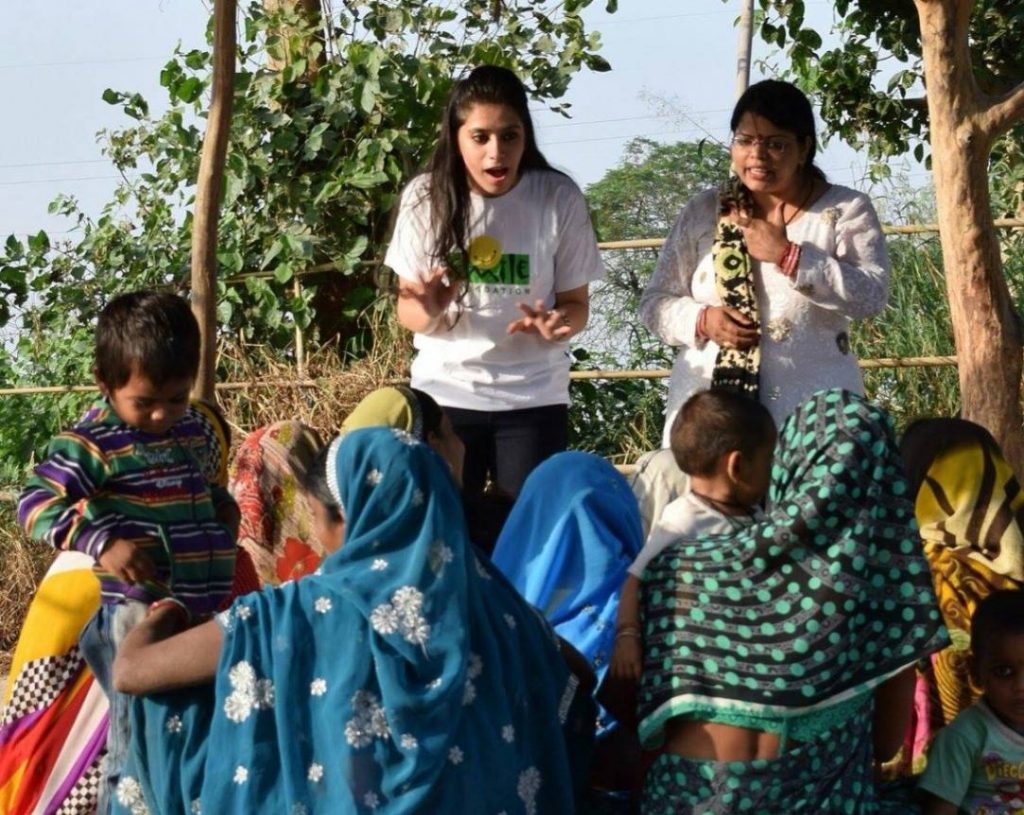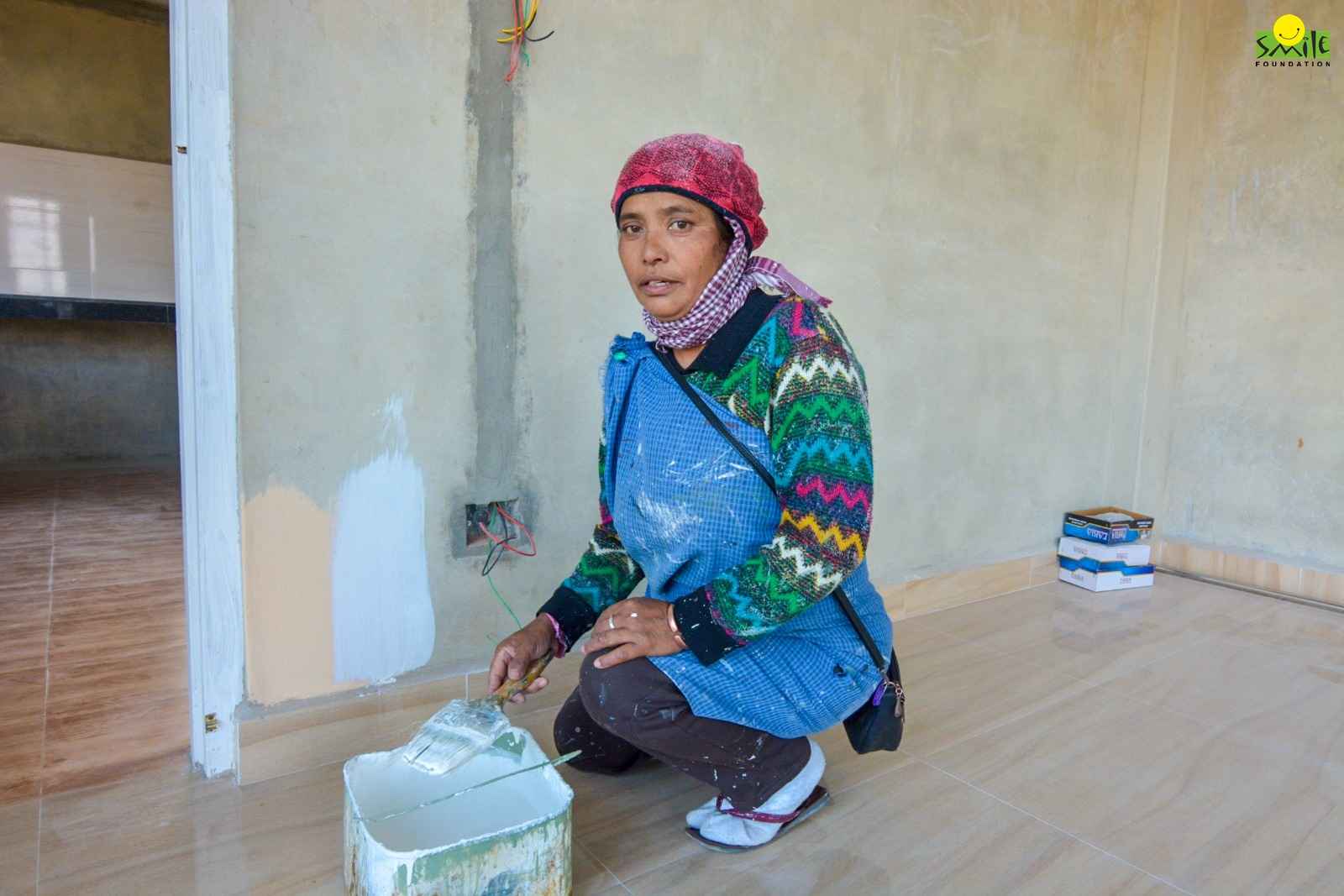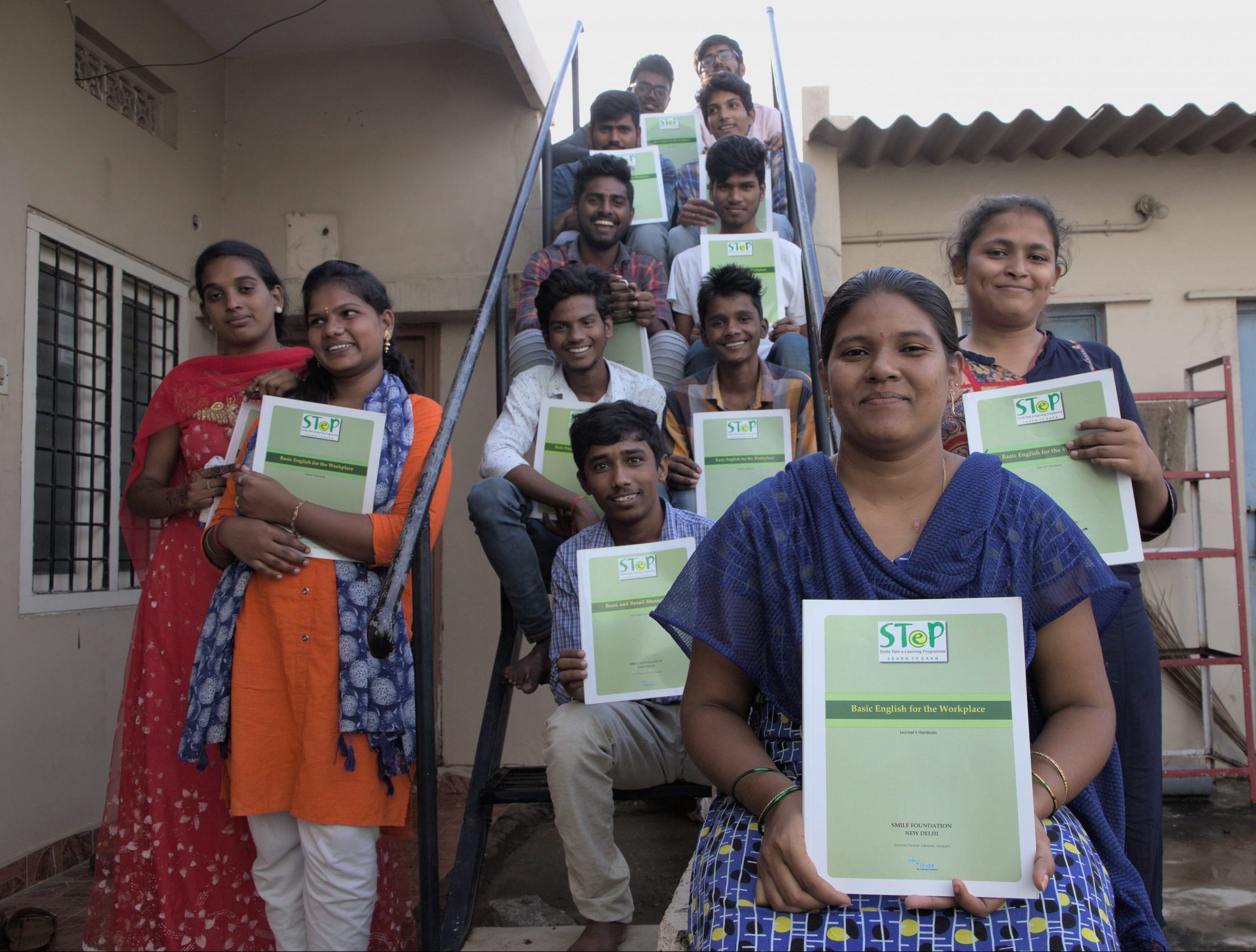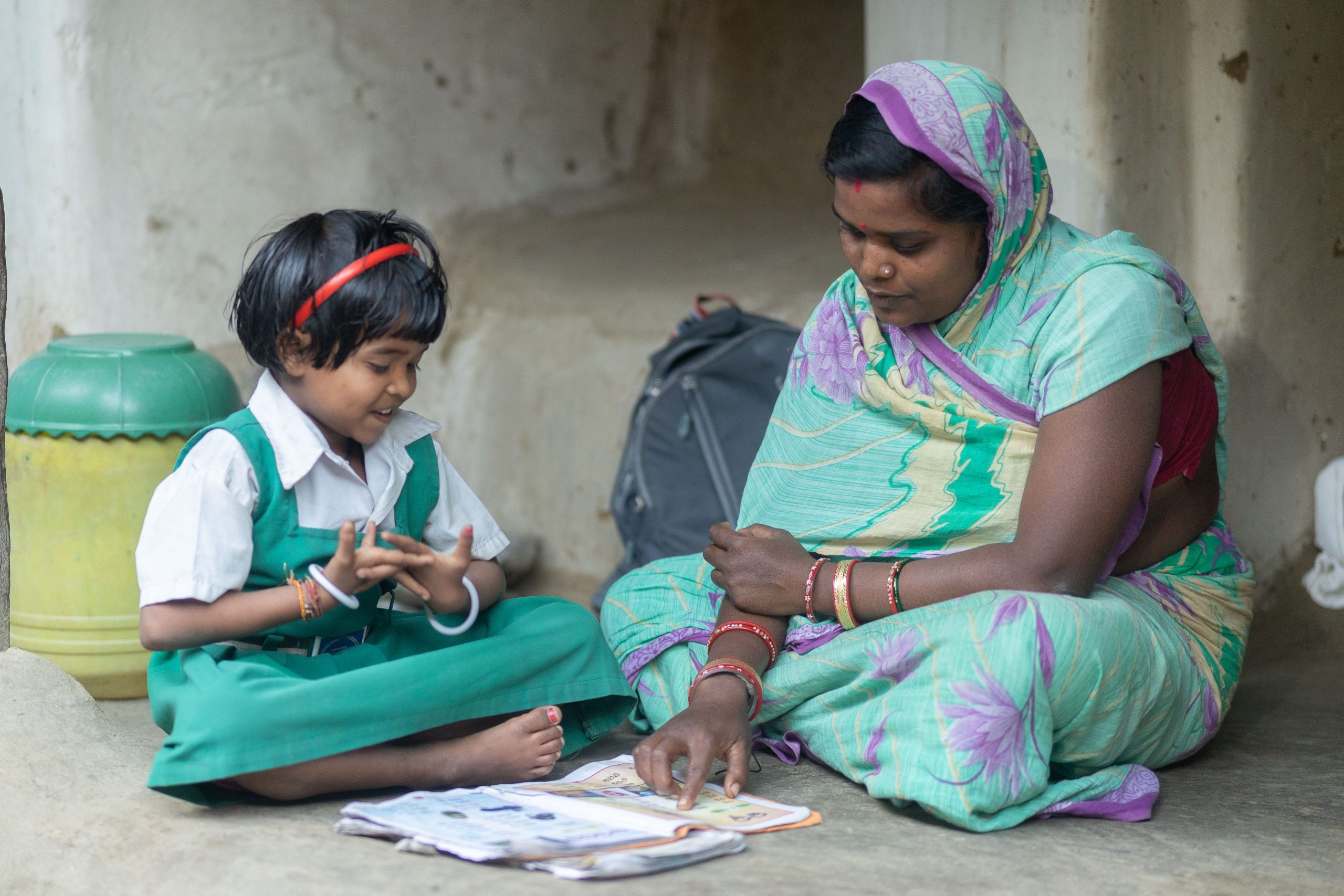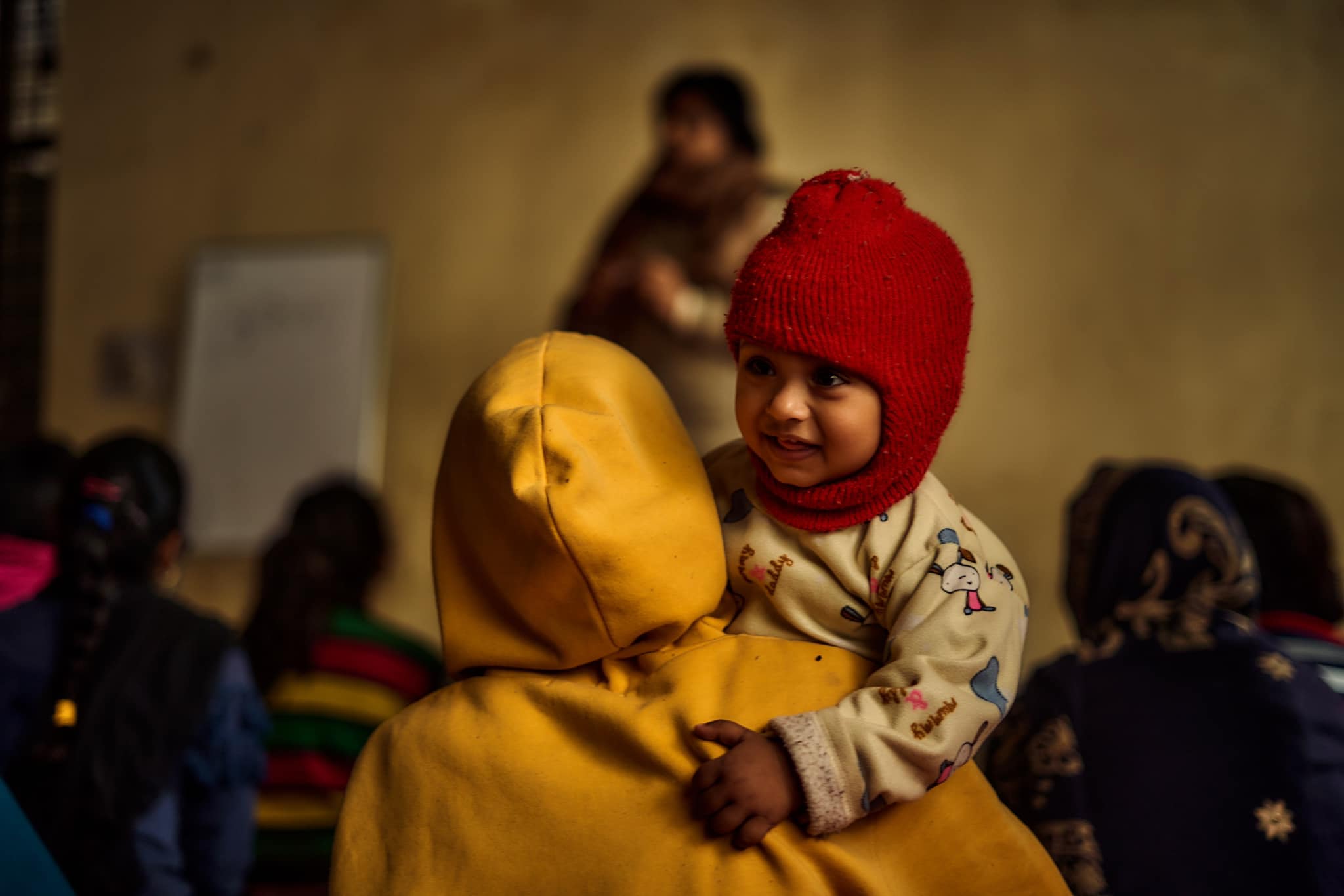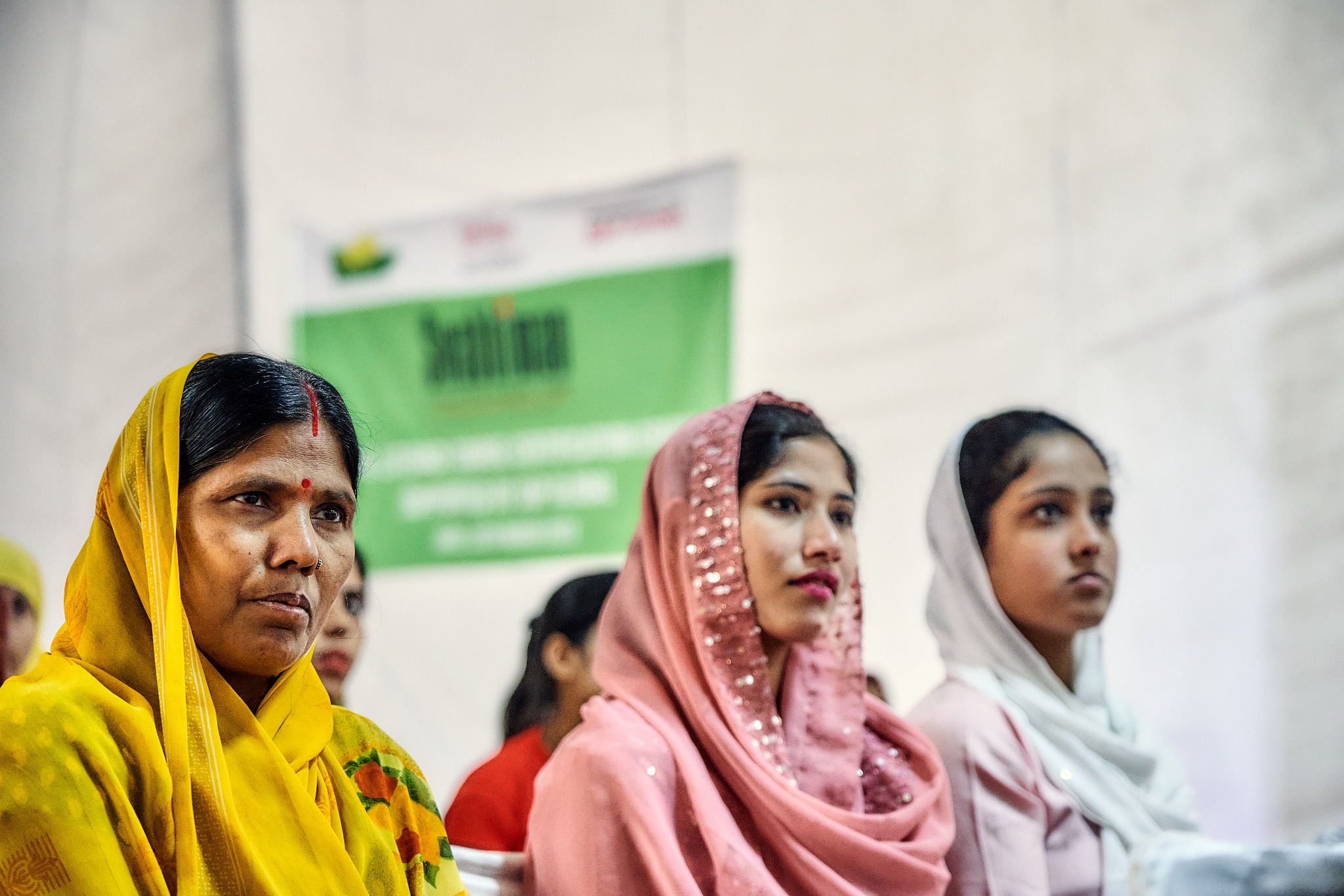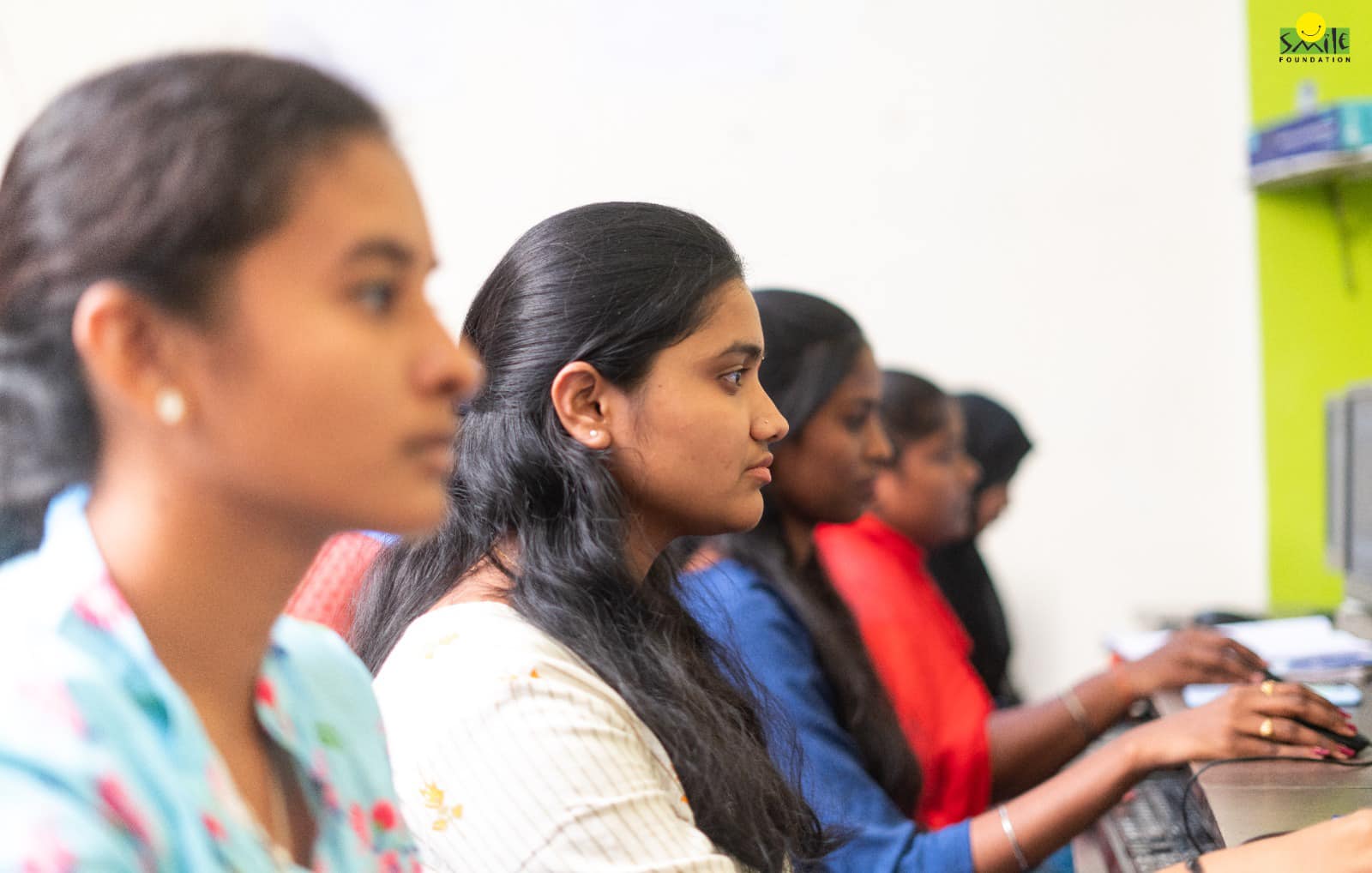We often talk about the importance of rural growth for the overall development of a country. This is especially true in the case of India, whose majority of the population still resides in the rural parts of the country. As per World Bank data, 64 percent of the Indians lived in rural regions in 2022. While this number has been steadily declining because of continued migration to urban areas in search of jobs, quality of life and education, there is also a need to improve the overall quality of life in rural India. This can be achieved through sustainable rural development with a focus on areas like health, education, infrastructure, livelihood, etc.
While the responsibility lies with the government to ensure equitable access to resources for the rural population, there are many other factors at play that influence this distribution. First, the concentration of private enterprises, manufacturing facilities, corporate offices, etc., in some urban areas means that employment options are also predominantly available in these places. With the influx of people seeking employment and the rising level of income, better healthcare facilities, education institutions and infrastructure also become possible.
However, this is not the case in rural India, which is primarily dependent on agriculture as a source of livelihood. Research has found that it is becoming increasingly difficult to find employment in the smaller towns in India as compared to the big cities. This reflects the poor availability of employment opportunities in rural areas apart from traditional livelihood opportunities. This is the reason why empowering rural India needs to be a focus of grassroots organisations like Smile Foundation does through its Empowering Grassroots initiative. The gap that is created by the urban-rural divide in terms of employment opportunities further leads to other problems like inadequate infrastructure, lack of good quality healthcare facilities, premier educational institutions and much more.
Government intervention
India’s Economic Survey of 2022-23, presented by the finance minister, underscores the government’s commitment to rural development, aiming to enhance the quality of life and achieve equitable and inclusive growth. The Survey highlights that most of the population of India resides in rural areas, with a significant portion dependent on agriculture. The government’s strategy involves a multi-faceted approach to boost rural income and living standards. Initiatives like the Deendayal Antyodaya Yojana-National Rural Livelihood Mission (DAY-NRLM) empower economically disadvantaged households with self-employment and skilled job opportunities, fostering sustainable livelihoods.
This mission, driven by community participation, has mobilised millions of women into Self Help Groups (SHGs), enhancing their socio-economic status. Additionally, the Mahatma Gandhi National Rural Employment Guarantee Scheme (MGNREGS) has provided employment to millions of households, generating substantial person-days of work. The scheme’s focus on asset creation, such as farm ponds and horticulture plantations, has positively influenced agricultural productivity and household income while curbing migration and indebtedness.
The survey also notes significant improvements in rural living conditions, including better access to electricity, clean water, and health insurance coverage. Women empowerment has seen a marked increase, with more women participating in decision-making, owning bank accounts, and using mobile phones. These advancements reflect the proactive efforts of the government in socio-economic inclusion and empowerment, transforming rural lives and livelihoods for the better.
The strength of grassroots organisations
One of the biggest advantages that grassroots organisations have is that they are embedded in the local culture and societies. They understand the specific needs of rural communities and can cater to these needs accordingly. They serve as the first line of support for the people in rural communities. The marginalised population in these areas may not have the wherewithal to voice their needs and access opportunities. This is where grassroots organisations come in. They are the key players in grassroots development in India and around the world.
The Covid-19 pandemic has further underscored the need of these grassroots organisations as they served as an important support for the government in providing necessary help to the rural communities.
Empowering rural India through Grassroots Organisations
As mentioned above, infrastructure, education and healthcare are key to the growth of rural India. Apart from this, a sustained investment is needed to promote gender equality, digital inclusion, skill development, women education, etc. One of the most key factors of rural empowerment is promoting women entrepreneurship in rural India. Traditional crafts, local delicacies and innovative solutions can aid the economic growth of rural women, which further helps in the overall growth of the rural economy.
Access to finance and entrepreneurial support is vital for these women to realise their full potential. Banks and financial institutions are instrumental in this regard, offering financial products, services and capacity-building initiatives tailored to their needs. These institutions can also promote inclusive banking practices, ensuring women have the necessary resources, knowledge and networks to succeed.
Grassroots initiatives are central to rural empowerment and development because of their focus on sustainability and keeping it at the core of whatever they do. Organic farming, renewable energy, waste management and water conservation are not just strategies but a way of life that these initiatives promote, ensuring the nation’s development does not come at the cost of its environment. Not just that, grassroots organisations also unite the communities and encourage their participation in decision-making processes. This strengthens the democratic fabric of the country and empowers these citizens to make better political decisions.
The road ahead
As India is in the middle of a demographic dividend and desperately needs to exploit it to aid rapid economic growth fully, the need for rural development is even more pressing today. There is a huge potential in rural economies, which remains untapped. The art forms, traditional crafts and a large workforce can provide a big market opportunity in India and internationally. There are startups that are now looking towards the rural potential and bringing forward products that may find demand in the urban population. Apart from this, the government continues to invest in rural growth through its schemes. The road ahead might be long, but we need to continue working tirelessly to achieve maximum growth and achieve the glory that we deserve.



